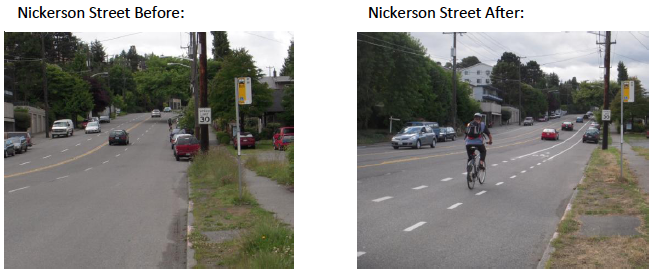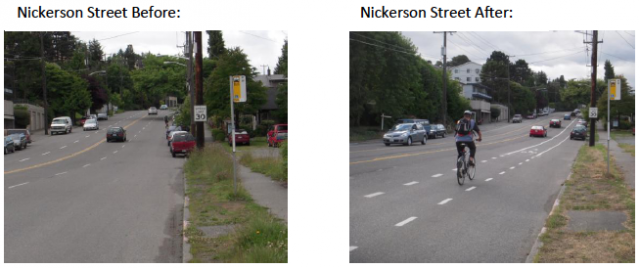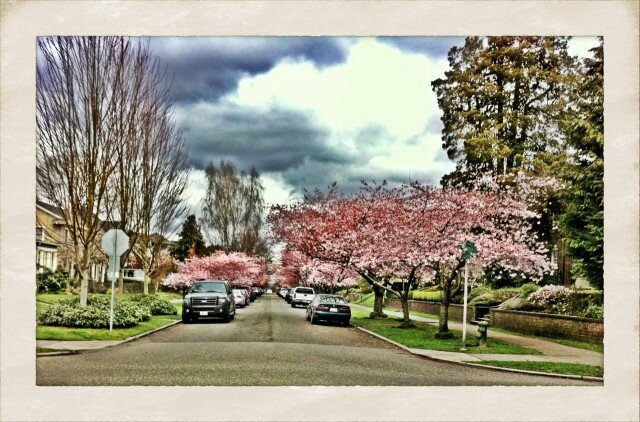 When Lizt Alfonso Dance Cuba canceled its gig on the UW World Series with less than seven weeks to go, a perfect happenstance came about. Limon Dance Company just happened to be free for just those same dates, able to come and, what’s more, offered the first preview performance of a new work.
When Lizt Alfonso Dance Cuba canceled its gig on the UW World Series with less than seven weeks to go, a perfect happenstance came about. Limon Dance Company just happened to be free for just those same dates, able to come and, what’s more, offered the first preview performance of a new work.
Limon chooses to try out new works for a series of previews, so that the work can be modified, changed, tightened, or whatever choreographer, composer and dancers feel is needed to make it the strong work they envisioned it to be.
Thursday night at UW Meany Theater, the preview of Rodrigo Pederneiras’ Come With Me was the last work on a program of classic Limon works, celebrating the company’s 65th season, and the 40th since Jose Limon’s death.
The timelessness of Limon’s choreography came through clearly. His 1956 There is a Time, to music of Norman Dello Joio, the 1942 Chaconne to Bach’s music and, perhaps the most famous, The Moor’s Pavane from 1949 to Henry Purcell’s music, all were as absorbing as ever, the choreography as strong, as imaginative, as undated.
There is a Time takes its rationale from Ecclesiastes, “To everything there is a season, and a time to every purpose under heaven,” plus the list that follows, so both movement and music are a series of variations reflecting the words.
It was superbly danced by the company, every member of which seemed to have gone inside the words and brought them out in their movements. It was a shame that the words of each variation couldn’t be glanced at as they happened, but the auditorium lights were too low to be able to read. Some variations were obvious—“A time to kill,” “A time to weep,” “A time to laugh,” “A time to love,” were all clear, but—but others needed a momentary reminder to understand what was being danced.
Chaconne is a solo, danced Thursday by Raphael Boumaila dressed simply in a black shirt and pants.What strikes the watcher here is how Limon follows the music so carefully, enlivening it with movement. Gestures repeat or are slightly changed as the music does the same, and in an absorbing performance Boumaila captured the flow of this marvellous expressive, rich yet unadorned, towering edifice of Baroque music. It’s not easy to dance, being long for a solo and quite slow, so that balance and flow maintain their strength to the end.
For many, The Moor’s Pavane needs no introduction. It takes its cue from Shakespeare’s Othello, but intends its tale of love, betrayal and murder to be more universal. It’s one of those works which sticks in the mind long after it’s been seen, in my case perhaps 40 years.
Limon would be proud of his company and its quality today. Moor is as breathtaking to watch today as it was all those years ago: the slow unfolding of sheer wickedness and its consequences.
Pederneiras’ work is, luckily, strong enough to hold its own with these three preceding it. Paquito D’Rivera composed the score thinking of the Cuban “Ladies in White” who walk silently through the streets protesting the inhumanity of Castro’s government. Pederneiras does not follow that theme particularly. He does take the jazz and unmistakably Latin flavor of the music into the dance. Quicksilver footwork, sharp, often edgy, crisp, clean movements, loaded with rhythm abound, with a fine sense of using stage space. The whole is perhaps a bit too long, but that is what previews show.
Performances continue 8.p.m. Saturday March 4 at UW Meany Theater.






